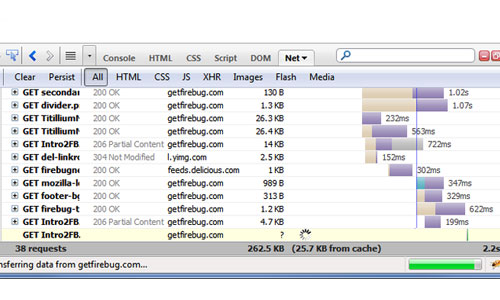
The extension makes use of the XPCOM primitives offered by Firefox in order to do its work. Language bindings control the driver by connecting over a socket and sending commands (described in the JsonWireProtocol page) in UTF-8. The FirefoxDriver is largely written in the form of a Firefox extension. WebDriver driver = new FirefoxDriver(firefoxProfile) %PROGRAMFILES%\Mozilla Firefox\firefox.exeīy default, the Firefox driver creates an anonymous profile Running with firebugĭownload the firebug xpi file from mozilla and start the profile as follows: File file = new File("firebug-1.8.1.xpi") įirefoxProfile firefoxProfile = new FirefoxProfile() įtPreference("", "1.8.1") // Avoid startup screen Applications/Firefox.app/Contents/MacOS/firefox-bin Normally the Firefox binary is assumed to be in the default location for your particular operating system: OS Log file to dump firefox stdout/stderr to Never use in production Use a running instance of firefox if one is present This defaults to webdriver creating an anonymous profile The name of the profile to use when starting firefox. The location of the binary used to control firefox.īoolean value, if set on standalone-server will ignore any “marionette” desired capability requested and force firefox to use GeckoDriver (true) or Legacy Firefox Driver (false) The following system properties (read using System.getProperty() and set using tProperty() in Java code or the “ -DpropertyName=value” command line flag) are used by the FirefoxDriver: Property

This documentation previously located on the wiki

Firefox updated their security model, so it no longer works.

The legacy Firefox Driver was developed as a browser extension by the Selenium Developers.


 0 kommentar(er)
0 kommentar(er)
